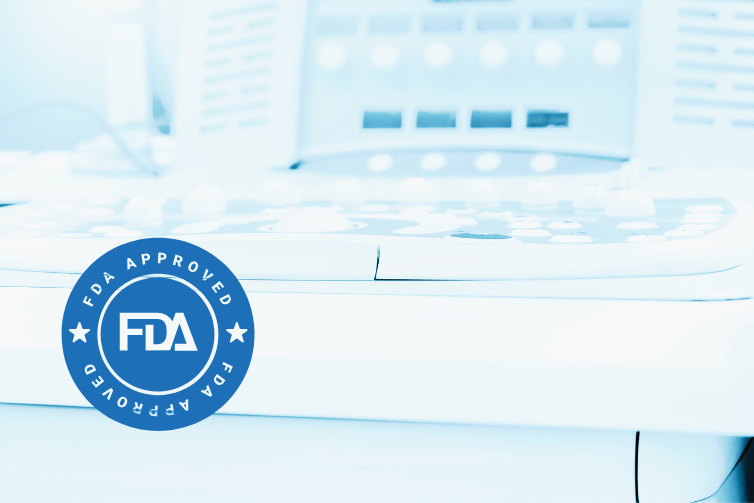Navigating FDA requirements can be complex, and the 510(k) process is no exception. If you’re developing a medical device for the U.S. market, understanding this process is essential. In this article, we answer the most common questions about who needs to submit it, when it’s required, and what exemptions apply.
What is a 510(k)?
A 510(k) is a premarket submission sent to the FDA to demonstrate that the device intended for marketing is as safe and effective—that is, substantially equivalent—to a legally marketed device. Applicants must compare their device to one or more similar legally marketed devices and support their claims of substantial equivalence. The legally marketed device used as a reference for equivalence is commonly known as the “predicate.” Although recently authorized devices under the 510(k) process are often selected as predicates, any legally marketed device can be used as a predicate.
Subchapter E of 21 CFR 807 outlines the requirements for submitting a 510(k). Before marketing a device, each applicant must receive an order, in the form of a letter, from the FDA determining that the device is substantially equivalent (SE) and stating that the device may be marketed in the United States. This order “authorizes” the commercial distribution of the device (see the 510(k) Program Guidance).
What is Substantial Equivalence?
A device is substantially equivalent if, compared to a predicate device:
• It has the same intended use as the predicate;
• It has the same technological characteristics as the predicate;
• It has different technological characteristics, but does not raise different questions about safety and effectiveness;
• The information provided to the FDA demonstrates that the device is as safe and effective as the legally marketed device.
510(k) Exemptions
• Devices that existed before the 1976 Medical Device Amendments and have not been significantly modified since then.
• Class I devices specifically exempted by the FDA or classified as Class I under Section 513.
• Class II devices specifically exempted by the FDA.
A list of Class I and Class II devices exempt from 510(k) requirements can be found on the Medical Device Exemptions 510(k) and GMP Requirements website.
However, the FDA may partially limit the exemption from 510(k) requirements for specific devices within a classification regulation. It is important to confirm the 510(k) exemption status of a device and any applicable limitations.
When is a 510(k) Required?
A 510(k) is required when:
• Introducing a device into commercial distribution (market) for the first time, unless exempt.
Any person intending to sell a device in the United States must submit a 510(k) application at least 90 days before offering the device for sale, even if the device was in development or clinical investigation before that date.
• Changes or modifications to a legally marketed device that could significantly affect its safety or effectiveness.
The 510(k) holder is responsible for determining whether a modification could significantly impact the safety or effectiveness of the device. All modifications must comply with the Quality System Regulation (21 CFR 820) and be recorded in the device master record and change control records. It is recommended to document the justification for submitting or not submitting a new 510(k) in the change control records.
• Changes or modifications to an existing device that require a new 510(k) submission.
A new 510(k) submission is required for modifications that may significantly affect the device’s safety or effectiveness or if the device will be marketed for a new or different intended use. See Is a New 510(k) Required for a Device Modification? for additional information.
Who Must Submit a 510(k)?
The following four categories of parties must submit a 510(k) to the FDA:
1. Domestic manufacturers introducing a device into the U.S. market.
2. Specification developers (even if the device is contract-manufactured by another company) introducing a device into the U.S. market.
3. Repackagers or relabelers who make labeling changes or whose operations significantly affect the device.
4. Foreign manufacturers/exporters or representatives of foreign manufacturers/exporters introducing a device into the U.S. market.
